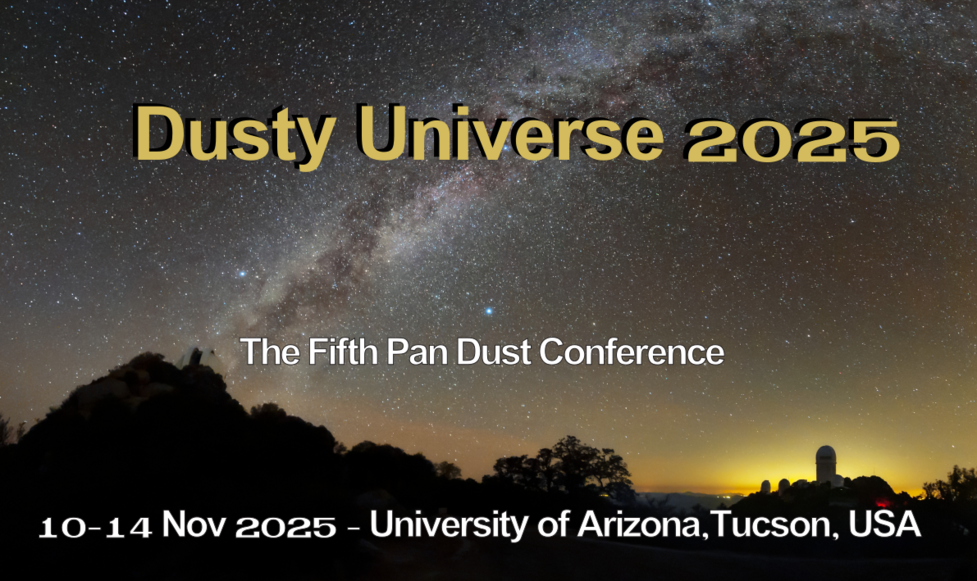Cosmic dust absorbs and emits stellar radiation, provides surfaces for the formation of molecules and the accretion of interstellar ices, and finally serves as the material for the formation of planets in protoplanetary and planetary disks. Carbonaceous dust constitutes a significant component of cosmic dust. In order to understand possible formation pathways, as well as their structural, compositional, spectral, and surface properties in different astrophysical environments, dedicated laboratory experiments combined with structural analyses are necessary. The nanometer-sized carbon particles and other refractory carbonaceous matter represent a blend of differently structured carbon, including graphitic, diamond-like, fullerene-like, and chain-like components, on a subnanometer or nanometer scale. The composition and internal structure of the carbonaceous condensates or material ultimately impact the spectral properties ranging from the FUV to the IR up to the millimeter range. Possible formation pathways of carbonaceous grains or carbonaceous matter, including gas-phase condensation, ice processing and the role of molecular components such as the polycyclic aromatic hydrocarbons (PAHs) will be briefly reviewed. The originally formed carbon material can be processed to undergo continuous changes in its structural, compositional, and spectroscopic properties. Additionally, the surface of carbonaceous grains can impact ice accretion and interact with common ice components, such as water or oxygen ice, as well as other oxygen-bearing molecules. This interaction can lead to erosion and further CO2 and CO formation. The talk will summarize the findings from laboratory studies of carbonaceous dust components.

|
|
|
|
Carbonaceous Dust in the Laboratory
1 : Laboratory Astrophysics Group, Max Planck Institute for Astronomy, Heidelberg, and Institute of Solid State Physics, Friedrich Schiller University Jena
|
 PDF version
PDF version
